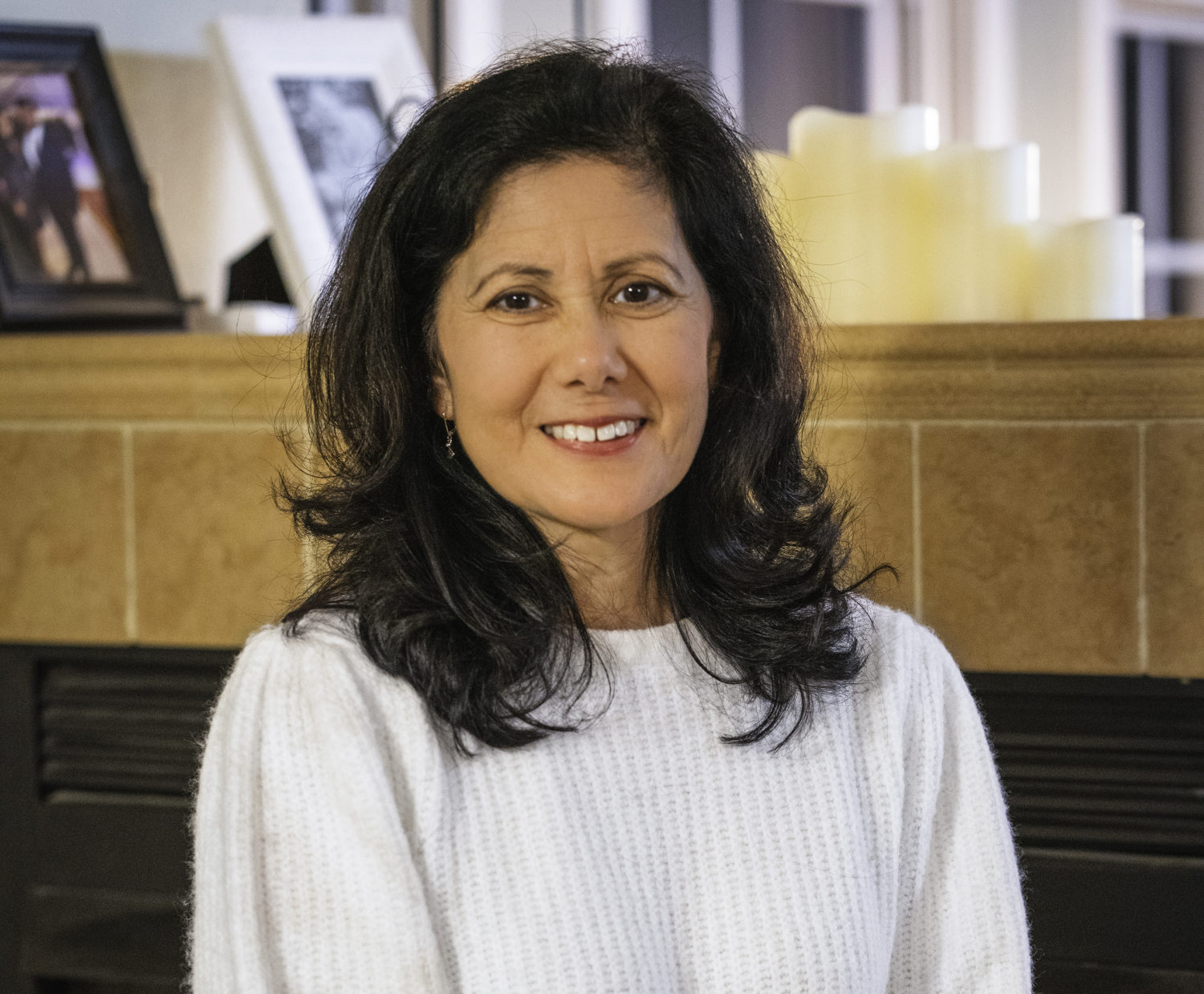How my practice enabled me to speak up, value my life and treasure the person in front of me.
by Susan Robins
Chesterfield, S.C.
When I was introduced to Buddhism in the 1980s, I had graduated from college but could not get a job. My life had no real direction, and my seniors in faith encouraged me to chant Nam-myoho-renge-kyo to find my mission, which I did, even though I didn’t understand what that meant.
I decided to apply to medical school, and to my amazement, everything fell into place. I had no idea that my remarkable journey of human revolution was about to begin.
On the first day of orientation, I met a man who would later become my husband. While in school, we had two children, and in 1993, we both graduated and started residency. That was the year things gradually began to change for the worst in our relationship.
We moved frequently for his work, and I lost support from my family and friends each time we did. My family began ridiculing me for my Buddhist practice, and although I never stopped chanting, I felt like I could only do so when no one else was around. Looking back, I didn’t have the courage to stand up for myself or my practice.
As I chanted sincerely to the Gohonzon, the reality became clear: I needed to value my own life.
In 2002, we moved to a remote area of Virginia, with no neighbors or friends nearby. I felt isolated and unhappy. With nowhere else to turn, I went to the Gohonzon and determined to chant and connect with SGI members more strongly, not allowing physical distance to be an excuse.
I had become shrouded by my own weakness, so I couldn’t acknowledge the severity of my situation. I didn’t want my children to grow up in a broken home like I did. But as I chanted sincerely to the Gohonzon, the reality became clear: I needed to value my own life. In 2004, I mustered the courage to separate and then file for divorce.
I was not emotionally stable enough to care for my patients, so I couldn’t work. As a mother of four children, I struggled financially and sometimes could barely afford the gas needed to drive them to and from school. Our house almost went into foreclosure, but because I didn’t have a job, I had time to chant abundantly, which I did every morning before I searched for work.
In 2005, I was hired as a physician in South Carolina to work in a medically underserved area. My job not only enabled me to financially support my children but also taught me how to become a better doctor.
I was touched by the care of my district leaders, who often drove more than an hour to visit me, which led me to attend and even host district meetings.
Although my career was fulfilling, I was continually turned down for higher positions, even after 12 years. I was never given a reason why, only that I was not chosen.
Two years ago, I was offered a position as faculty with a family medicine residency program. I realized that this job would give me the opportunity to teach new physicians what I had learned on my last job—how to be a more compassionate physician, while perhaps inspiring them to practice in underserved areas.
Soon after I started this job, my insecurities resurfaced. I found it difficult to evaluate residents and give them feedback. When my boss said he wasn’t sure I had the confidence to teach residents, I immediately returned to the Gohonzon.
Chanting allowed me to see clearly that all the obstacles I had faced throughout my life were related to my lack of confidence and courage. I had always been afraid to speak up—throughout medical school, my marriage, the process surrounding the divorce and even raising my kids—because I didn’t believe in my own life.
As I chanted even more seriously to become a strong and confident physician, my sweaty palms and butterfly-filled stomach transformed into a daring ability to speak up. I strengthened my skills to evaluate the residents and give them feedback by first connecting heart-to-heart with them, just as my mentor, President Ikeda, has demonstrated throughout his life.
He writes: “We all have different missions to fulfill in life and different places where we need to fulfill them. Those who decide to put down solid roots where they are and continue to live their lives with perseverance and hope while struggling with reality will be victors in life . . .
“A real sense of happiness and deep satisfaction in life can be found only within us” (The Wisdom for Creating Happiness and Peace, Part 1, pp. 10–11).
I am eternally grateful for my Buddhist practice, which allows me to transform the things inside of me that hold me back. Recently, I became the medical director at work and will continue doing my best to raise compassionate physicians for the sake of the future. Connecting with others and treasuring the person in front of me: That is my mission in life. WT
You are reading {{ meterCount }} of {{ meterMax }} free premium articles

